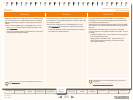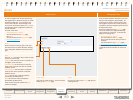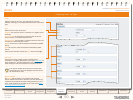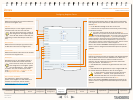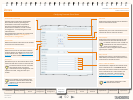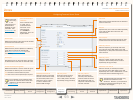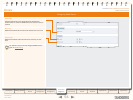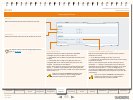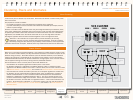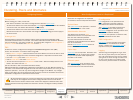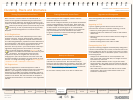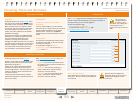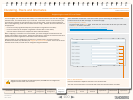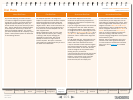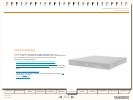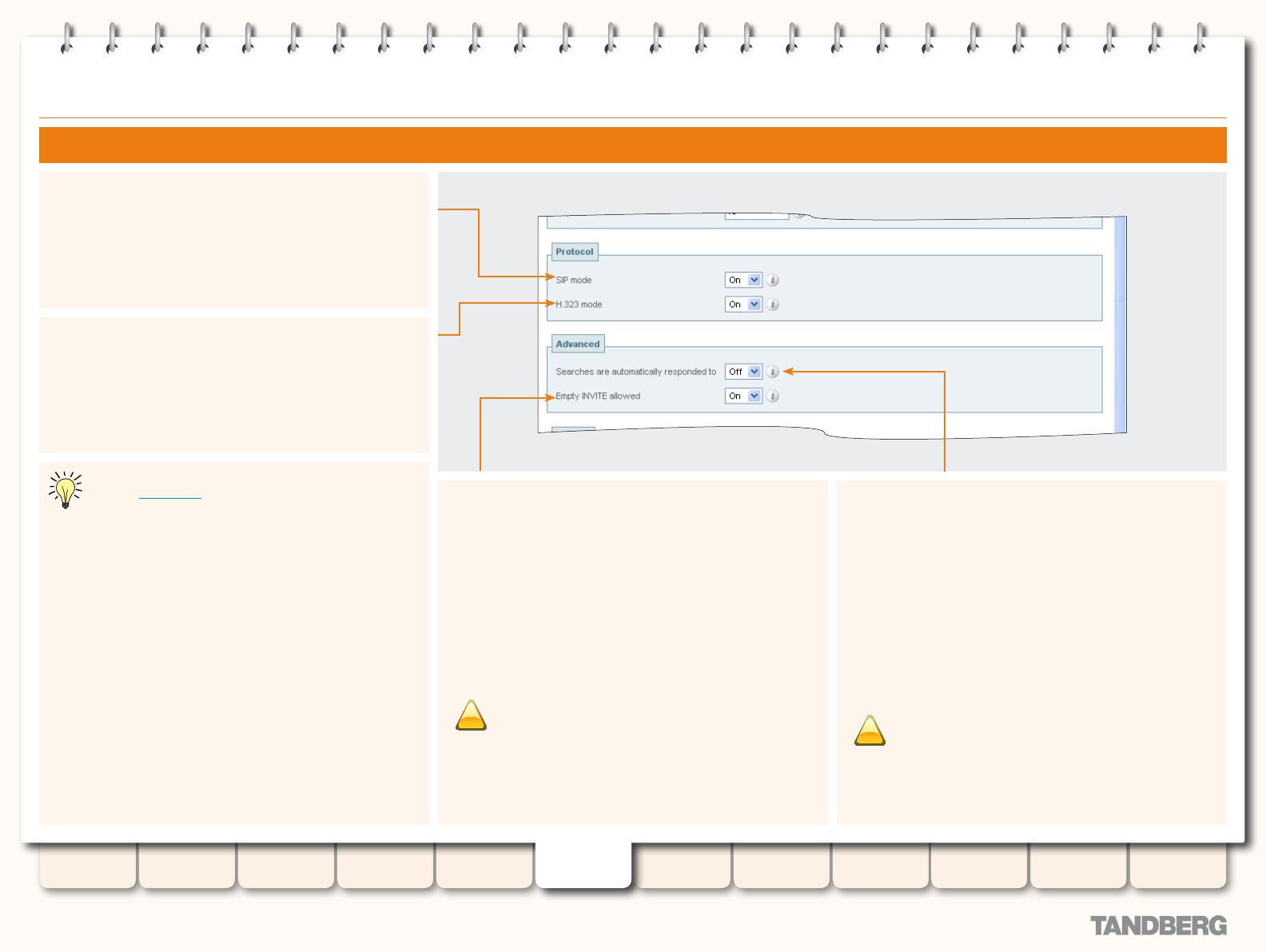
95
D14049.04
JULY 2008
Grey Headline (continued)
TANDBERG VIDEO COMMUNICATIONS SERVER
ADMINISTRATOR GUIDE
Introduction Getting Started
Overview and
Status
System
Conguration
VCS
Conguration
Zones and
Neighbors
Call
Processing
Bandwidth
Control
Firewall
Traversal
Appendices
Applications Maintenance
Zones
Conguring DNS Zones
SIP mode
Determines whether SIP calls will be allowed to this zone.
H.323 mode
Determines whether H.323 calls will be allowed to this zone.
Full details of how to use and congure DNS zones is
given in URI Dialing.
Searches are automatically responded to
Determines what happens when the VCS receives a search
destined for this zone.
Off: a SIP OPTION message will be sent to the zone.
On: searches will be responded to automatically, without being
forwarded to the zone.
Note: In most cases this option should normally be left as
the default Off. However, some systems such as Microsoft
OCS 2007 will not accept SIP OPTION messages, so for these
zones this should be set to On. If you do change this to On,
you must also congure pattern matches to ensure that only
those searches that actually match endpoints in this zone are
responded to.
!
Refer to the relevant TANDBERG VCS Deployment
Guide for full details on how to congure these
advanced options for specic systems.
Empty INVITE allowed
Determines whether the VCS will generate a SIP INVITE
messages which has no SDP to send to this zone.
On: SIP INVITEs with no SDP will be generated and sent to this
neighbor.
Off: SIP INVITEs with no SDP will be generated but a pre-
congured SDP will be inserted before they are sent to this
neighbor. The defaults for the SDP are:
Note: In most cases this option should normally be left as the
default On. However, some systems such as Microsoft OCS
2007 will not accept invites with no SDP, so for these zones this
should be set to Off.
!
Refer to the relevant TANDBERG VCS Deployment
Guide for full details on how to congure these
advanced options for specic systems.




